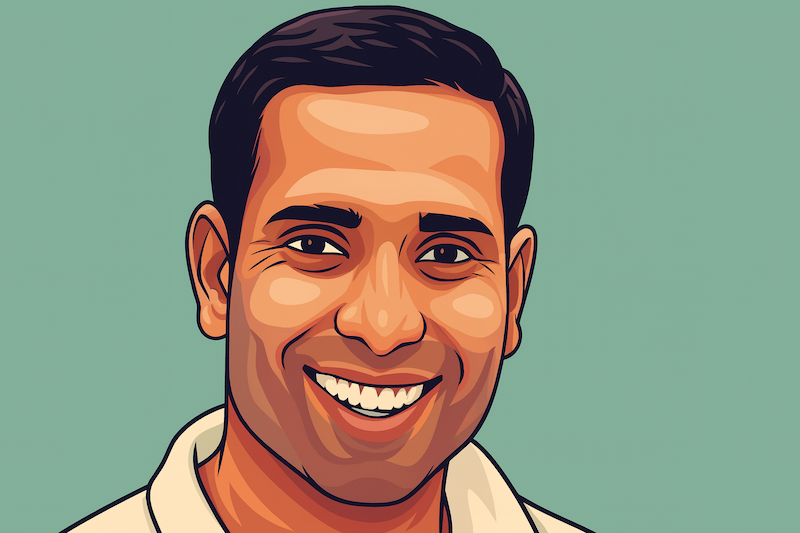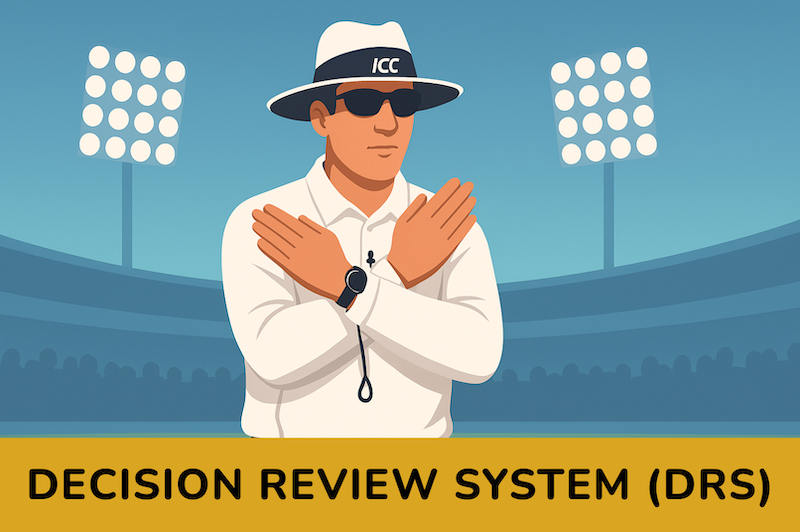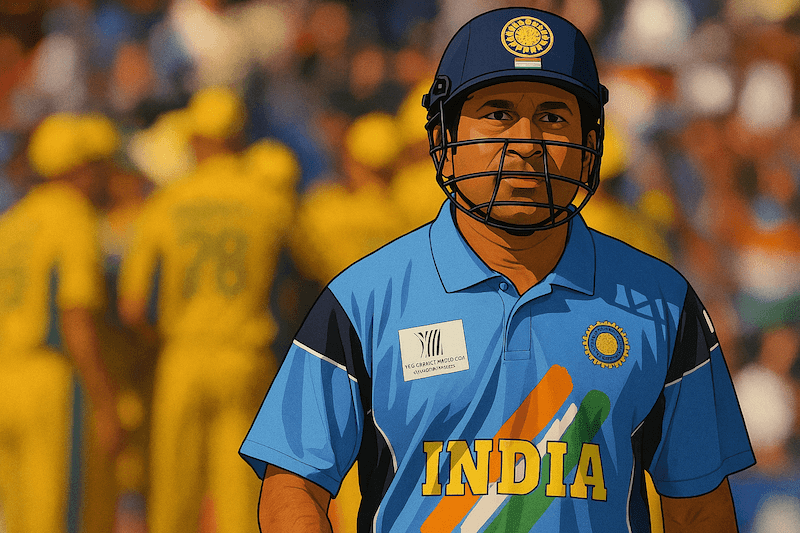
Ever wondered how the Board of Control for Cricket in India, once seen as a quiet and side-lined board, became the most powerful force in world cricket? How did a country once mocked for its poor facilities and limited funds turn into the game’s financial heartbeat? This is a story of power, timing, and transformation, the rise of the BCCI.
Humble Beginnings (1928–1970s)
The BCCI was founded in December 1928, when India was still under British rule. It emerged after meetings in Delhi led by the Maharaja of Patiala, R.E. Grant Govan, the first president, and Anthony De Mello, the first secretary. These talks followed a 1926 condition from the Imperial Cricket Conference (now the ICC): if India wanted Test status, it needed one national body to represent the game.
In those early years, the BCCI had little power and even less money. It depended on Indian royalty for support, with princes often funding tours and sometimes even leading the national team. Wins were rare, players earned little, and many trips abroad happened only because someone wealthy helped pay for them.
There were, however, some early signs of success:
- 1952: India won its first Test match, beating England in Chennai — a small but defining step.
- 1960s: The rise of the famous four spinners — Bishan Singh Bedi, Erapalli Prasanna, B. S. Chandrasekhar, and Srinivas Venkataraghavan — made India strong at home.
- 1968: India claimed its first overseas series win in New Zealand, a 3–1 result that showed growing belief.
These early moments gave Indian cricket its first real confidence. Yet through the 1950s and 60s, the game was still more passion than profession. The BCCI’s voice in global meetings was polite but quiet. Few could have imagined that the same board, once short on money and respect, would one day become the most powerful voice in world cricket.
Turning Point: The 1983 World Cup Win
The spark came on June 25, 1983, when India, a team few backed to win, beat the mighty West Indies at Lord’s to lift theWorld Cup. That day changed everything — it reshaped how the world saw Indian cricket and how India saw itself. Cricket turned from hobby to pride. Players became heroes, children played in every street, and a rising middle class saw the game as a reflection of national confidence.
The win gave the BCCI new belief and authority. For the first time, it could stand as an equal in world cricket. Jagmohan Dalmiya, the new treasurer, saw the game’s commercial promise as sponsors and broadcasters noticed its huge audience. The 1983 victory didn’t bring big money yet, but it opened the board’s eyes to a new idea — that Indian cricket could one day fund itself and shape the global game.
This confidence soon reached the global stage. In 1987, India and Pakistan co-hosted the World Cup, the first held outside England. N. K. P. Salve, Jagmohan Dalmiya, and I. S. Bindra led the effort that broke cricket’s old power centers. The event’s success showed the game’s shift toward the subcontinent. The BCCI had found its voice and the first glimpse of the empire it would one day build.
The Satellite Revolution (1990s)
The 1990s changed everything for Indian cricket. The 1992 World Cup, broadcast in color across the subcontinent, showed the game in a new light and attracted fans like never before. But the real revolution came soon after — led not by players, but by broadcasters and administrators who saw what cricket could become.
In 1993, the BCCI sold its first major TV rights for the India–England series to Trans World International (TWI). Until then, Doordarshan had controlled all telecasts and even charged the board to show matches. This deal flipped the script — the BCCI earned $600,000, while Doordarshan paid TWI $1 million to air the games. It marked the start of financial independence and showed that cricket’s power was shifting.
In 1995, the Supreme Court ruled that India’s broadcast rights belonged to the BCCI. Soon after, the Cable Television Act opened space for private channels like ESPN and Star Sports, and cricket was everywhere. Led by Jagmohan Dalmiya and I. S. Bindra, the board moved fast.
In 1996, India, Pakistan, and Sri Lanka co-hosted the World Cup, breaking the old England–Australia stronghold. Its success made the subcontinent cricket’s new financial hub and confirmed the BCCI as the game’s driving force.
Explore More Stories

VVS Laxman: The Calm in India’s Storm
Grace, timing, and temperament — VVS Laxman turned pressure into poetry. From Kolkata 2001 to Adelaide 2003, his bat spoke the language of calm and class in Indian cricket’s greatest moments.

The Uneasy Marriage of Technology and Umpiring: How DRS Changed Cricket
When one wrong decision could change the course of history, cricket turned to technology. From Bucknor’s blunders to the birth of DRS, this is the story of how the game learned to trust machines without losing its human heart.
Power Shift: From London to Mumbai (2000s)
By the early 2000s, cricket’s balance of power had shifted. For decades, decisions were made in London and Melbourne; now they were made in Mumbai. Backed by a booming economy, a vast audience, and growing sponsors, India had become cricket’s financial hub. The BCCI’s rising revenue gave it unmatched influence in the ICC, with tours and schedules increasingly shaped around Indian interests.
The turning point came in 2008 with the launch of the Indian Premier League. Built on Jagmohan Dalmiya’s groundwork and Lalit Modi’s bold vision, the IPL blended sport, entertainment, and big business. It brought global stars, packed stadiums, and franchise owners from Bollywood and industry. Overnight, cricket became a year-round spectacle, and the league’s success made the BCCI the richest board in the world.
With its financial muscle, the BCCI began to set the agenda for world cricket. Broadcasters followed its lead, and other boards relied on India’s tours to stay afloat.
By the end of the decade, the center of the game had truly shifted east. What once began as a modest board under colonial rule was now shaping cricket’s global future from Mumbai — not London.
Modern Day: The Global Command Center
Today, the BCCI is not just the richest cricket board — it is the most powerful. Under the ICC’s 2023 model, India accounts for nearly 38% of global cricket’s revenue. That’s because more than two-thirds of the sport’s viewership comes from India. Every major decision, from tournament venues to scheduling and even rule changes, now comes with one silent question: how will this affect Indian cricket?
Cricket’s map has shifted around that influence. Boards like Cricket Australia and the England Cricket Board often align with the BCCI, while smaller nations rely on Indian tours to survive financially. Even the ICC’s headquarters in Dubai reflects this reality — close to India’s time zone, market, and business networks. The BCCI’s reach now stretches across every format and every major event.
But with power comes responsibility. Critics say the BCCI’s dominance sometimes overshadows the game’s global balance. Others argue that India’s rise has lifted cricket as a whole, bringing in better pay, world-class stadiums, and a new generation of fans. Both may be true — because the rise of the BCCI is not just India’s story. It is the story of modern cricket itself.
A New Empire — Built on Passion
From a modest start in 1928 to becoming the financial heart of world cricket, the BCCI’s rise is a story of timing, vision, and the strength of a billion fans. No other board has climbed so fast or held so much influence. India didn’t just join the table; it built it, sold the seats, and broadcast the conversation to the world.
What makes this journey remarkable isn’t just the wealth or power, but what it represents. A game once brought by colonizers has become a symbol of pride and identity.
The BCCI’s story is India’s story — of belief, persistence, and transformation. A nation’s love for cricket built not just a team, but an empire that now shapes the game itself.
In chasing excellence, the BCCI didn’t just change cricket’s story — it rewrote where that story is told from.





